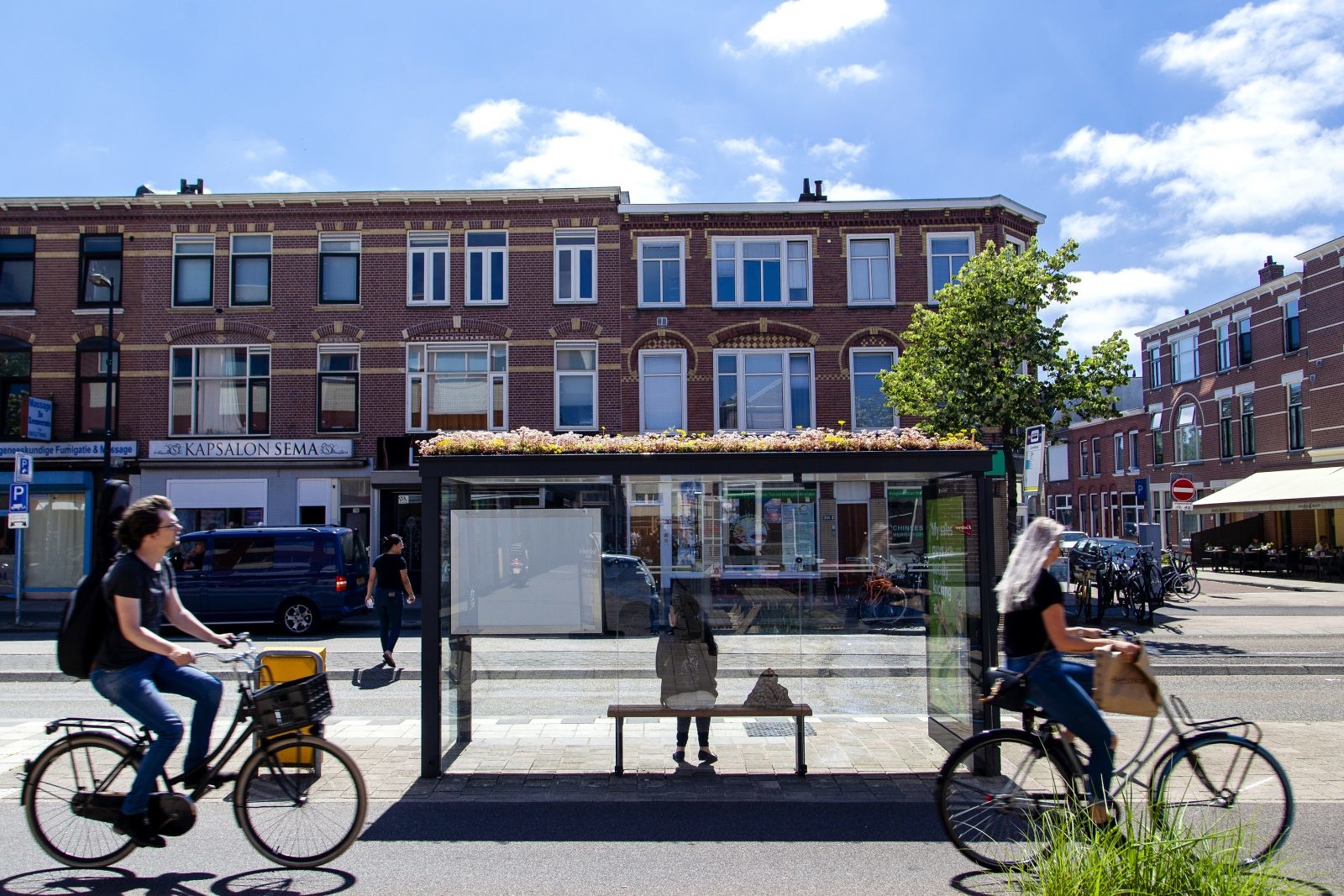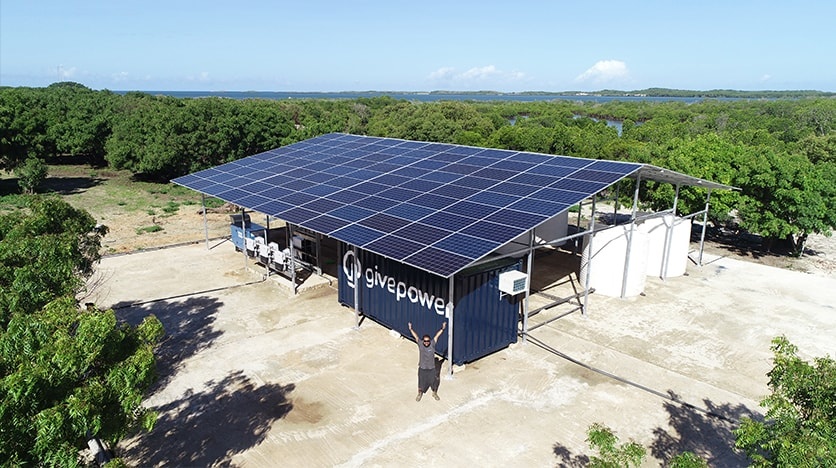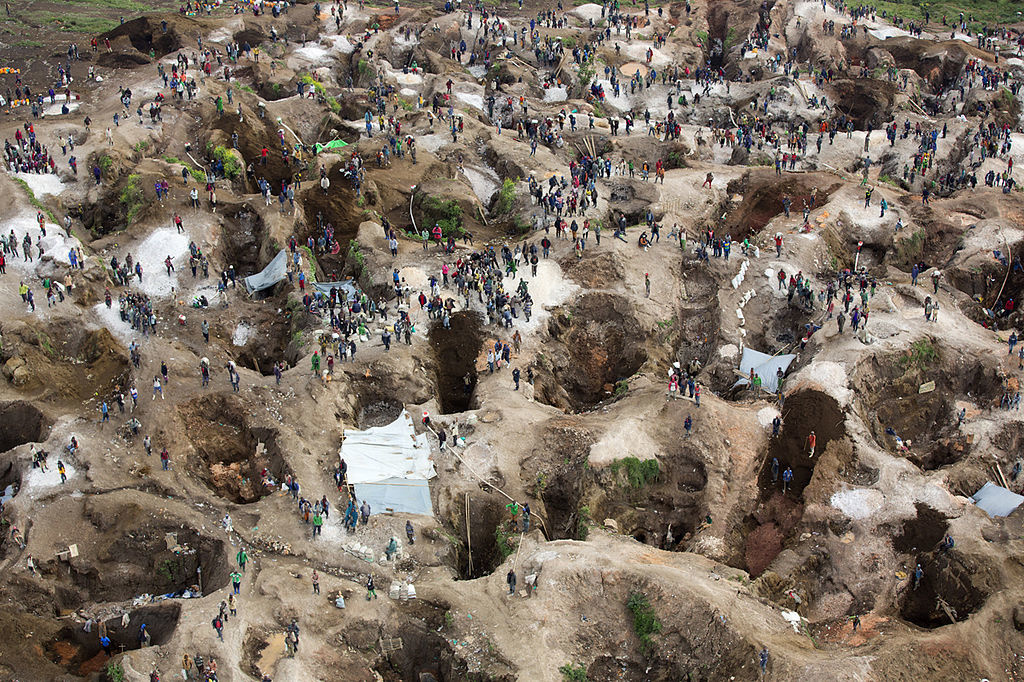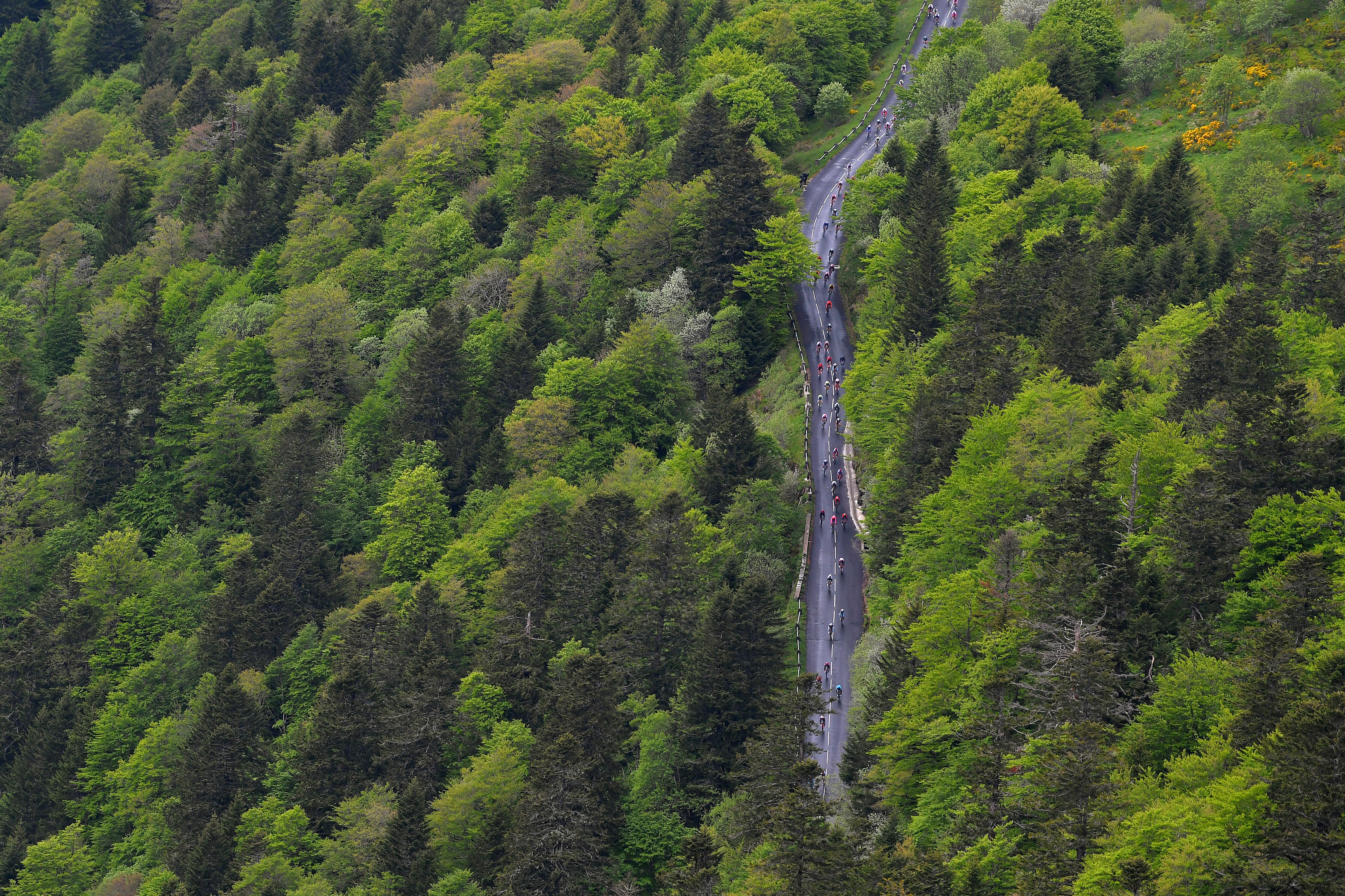environmental footprint
Atop hundreds of bus stops, rest stops for bees.
Turning salt water into fresh water with the power of the sun.
Tiger reserves and a concentrated public effort has brought this animal roaring back to India.
Our clean energy needs to be sourced responsibly right from the get-go.
France’s forests are even creeping up on their major cities.




